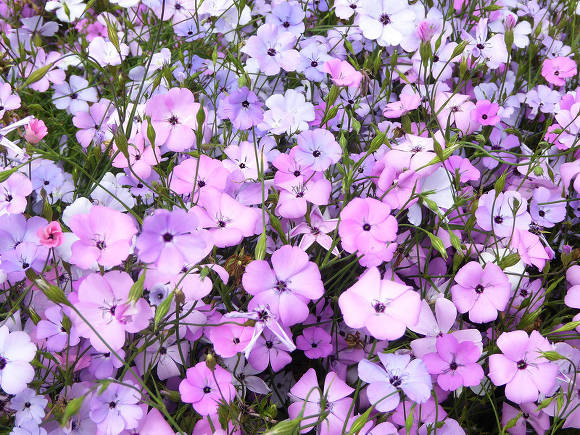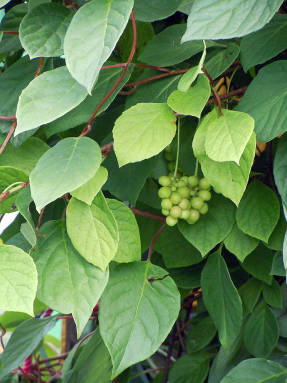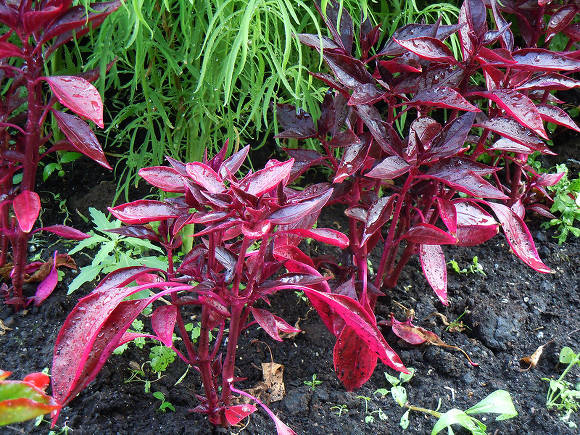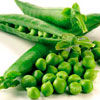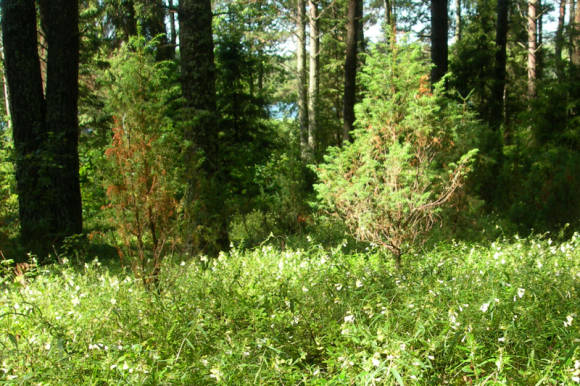The beauty of a living flower is fleeting and fragile, but there are representatives in the kingdom of Flora that have unique properties: they do not die off after the end of the growing season, retaining their lively beauty for quite a long time. And the name of these plants received a corresponding - immortelle, from the French word "immortelle", which means "immortal". This quality is reflected in the Russian names of some flowers well known to us. For example, gelichrizum is called immortelle in our country, xerantemum is a dried flower, and amaranth is called an "unfading" flower.
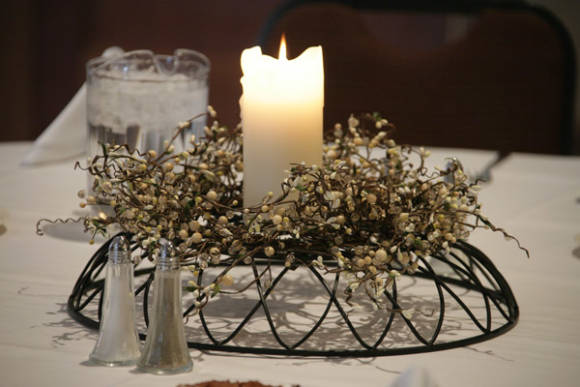
Having paid attention to the special properties of such plants in ancient times, in the Middle Ages, such plants began to be specially grown in gardens. They began to be used to compose winter bouquets, create decorative panels and compositions from floristic materials. As Europeans discovered new countries and continents, the palette of dried flowers also expanded: xerantemum and anaphalis were added to the kermek notched, then amaranths and celosia, and with the penetration of plants from Australia into Europe in the 19th century - helipterums, bracts and ammobium.
Today, a wide range of plant material is used to decorate interiors with dried flowers: ammobium, the yellow baskets of which, dressed in white wrappers, resemble miniature daisies; spherical gomphrenia with inflorescences resembling clover flowers, but with a more juicy color and a wider range of colors; lush panicles of kermek (limonium) of white, pink, yellow, lilac and bluish shades; and also lonas, various types of amaranths, helipterums, helichrisums, craspedia, anaphalis and many, many others. The "unfading" colors of these flowers and often their very original form help to create "dry" bouquets that preserve all the shades of a sunny summer for a long time. And some "ordinary" flowers, correctly selected and dried, can also become such an original decoration.

Drying plant material and creating bouquets of dried flowers requires patience, meticulousness and accuracy. In order to make it convenient to work with dried flowers, it is better to purchase special devices and tools. As additional materials, you will need glue, various paints - aniline, gouache or watercolor, thin wire, plasticine, polystyrene, various decorative wooden, glass or wicker forms and containers.
It is necessary to cut off dried flowers in a state of half-release of inflorescences, so that when they dry, they retain their natural shape. Before drying, the plants must be tied at the base in small even bundles of 10-15 pcs. The associated plants are hung upside down in a shady place protected from strong air movement for 2-3 weeks. During this period, it is necessary to regularly monitor that the drying plant stems do not fall out of the bundle, for this they are periodically tied up tighter.
The dry stems of many immortelles are very fragile, so they are removed, and the flowers are carefully transplanted onto a thin flexible wire, bending it in the right direction so that the dried flower has a natural appearance.
There are quite a few different ways to preserve flowers, from simple drying in paper or in the microwave to applying a saturated sugar solution or egg white. You can master these methods and techniques by studying the literature on dried flowers, or in special courses.
Many of them can be grown on their own site and dried on their own for bouquets.

Teedle of felts, or forest (Dipsacus fullonum) is also known as a nap or nap. Due to its very attractive testes (heads) with a tuft on the top of the head with several encircling "hoops" of small pink flowers, this plant is often used for winter bouquets, dried flower arrangements and New Year's decorations.
Amaranth inflorescences are dried without leaves.Among the species known in culture, tailed amaranth (Amaranthus caudatus), which is also called the fox tail. It has a tall (up to 1 m) purple-red stem with bright green rough leaves and panicles of brownish-red, purple-red, dark carmine, crimson and even green hanging down almost to the ground.
In hybrid amaranth, the stem is smooth, straight (up to 90 cm), the panicle is vertical, consisting of densely spaced red inflorescences.
Amaranth paniculata (Amaranthus paniculatus). Its pyramidal, bright purple and green panicles from 20 to 50 cm in length rise on high (up to 1.5 m) stems. Although there are dwarf varieties (25–40 cm), by the way, they are the most popular.
Amaranth dark (Amaranthus hypochondriacus) differs from the previous species in more elongated spike-shaped inflorescences of reddish-purple, yellowish, greenish and brownish-cream color. There are forms with hanging panicles. The purple and greenish-purple leaves of this tall plant, reaching a height of one and a half meter, look original.

Gomphrene spherical (Gomphrena globosa) - an annual with a height of 15 to 45 cm, with numerous globular inflorescences of white, cream, carmine or pink, resembling clover flowers. Not so long ago, they began to cultivate another species of this plant - gomfren Haage (Gomphrena haageana), which is distinguished by larger oval-shaped red or orange inflorescences.
Gelikhrizums, or the famous "immortelles" are a very numerous genus, let us touch on only some of the annual representatives of this community. Varieties of gelichrizum bracts (Helichrysum hracteatum) are very diverse: from low (25-30 cm) spherical bushes with numerous medium-sized inflorescences to slender plants (up to 110 cm) with large, often double inflorescences. "Petals" - membranous leaves of the wrapper - are yellow, red, orange, salmon, cream, white, pink, purple.
Helichrisum helmet-shaped (Helichrysum cassianum) - a plant with a height of 20-35 cm with medium-sized (diameter 1-1.5 cm) pale pink inflorescences with a yellow center. Gelikhrizum awl-leaved (Helichrysum subulifolium) - 30-40 cm high, with bright yellow non-double inflorescences and narrow leaves.
Sandy immortelle, or sandy cmin (Helichrysumarenarium) Is a perennial wild plant (10-50 cm) with gray leaves. At the top of the shoots there are small cones-like inflorescences of yellow or orange color with a strong specific odor. Externally, the Tien Shan Gelikhrizum (Helichrysumthianshanicum), also forming a bush, on which, in June-July, flower shoots 15-40 cm high with yellow inflorescences appear, which are larger and denser than those of sandy cmin.

Helipterum, according to the old - acroclinum pink (Helipterum roseum) - an annual plant about 40 cm high. On numerous fragile shoots, inflorescences, very similar to Helichrizum bracts, with a diameter of up to 4-6 cm, with wrappers painted in pure white, pink or almost red color, open up. Helipterum Mengles (Helipterum manglesii) or rodante - a low (up to 30 cm) annual plant with medium-sized inflorescences-baskets (2-3 cm in diameter). Outwardly, little like its relatives, Humboldt's helipterum (Helipterum gumboldtianum) or Sanford (Helipterum sanfordii) inflorescence resembles a yarrow. The bright color of these plants is perfectly preserved in dry form for more than one year, practically without fading.
Celosia silvery (Celosia argentea) - an annual plant with large bright inflorescences of two types: feathery, resembling a torch, or comb, like a cockscomb. The color of both varieties is yellow, orange, red, purple, salmon.
Kermecs, or limoniums, naturally grow in arid regions, their flower cups have turned into membranous dry funnels, painted in bright colors of all kinds of shades. When dry, they stay on the plant for a long time.The corollas of the flowers inside them are delicate, inconspicuous, and disappear very quickly when flowering. In some species, such as the kermek notched (Limonium sinuatum), or Kermek Bondwelli (Limonium bonduellii), flowers are collected in large elongated scutes at the apex of unbranched shoots. In Kermek broadleaf (Limoniumlatifolium), Kermek Gmelin (Limonium gmeelinii), Kermek Tatar (Goniolimon tataricum) and the Caspian Kermek (Limonium caspium) inflorescences of small white, pinkish or lilac flowers are at the ends of a peduncle, so branched that the plant resembles a fluffy cloud at the time of flowering.
For the sake of fairness, it is worth noting that less "noble" plants can also become an excellent filling of a bouquet of dried flowers: various cereals, shy tansy with its bright yellow flowers, brick-orange horse sorrel sultans, fluffy cane panicles, plantain ditches or even just maple leaves in autumn colors. Physalis lanterns, original fruits of lunaria, dried inflorescences of garden hydrangea will become a spectacular revitalization of the composition and lanterns. You can also use such well-known thorns as erythematosus and muzzle.
Thanks to such a variety of dried flowers, nothing limits your imagination when creating various interior decorations from them. You can put the bouquet in a glass or porcelain vase, or any other original-shaped transparent glass container, disguising the "technical details" with moss or cones, dry rose petals, nuts or pine needles. Or you can fix the bouquet on a ceramic dish or in an original clay pot or bowl. An unexpected "vessel" for your composition can be a tray, a candlestick, a wicker basket, and even a straw hat, a pretty driftwood or an ordinary pumpkin.












